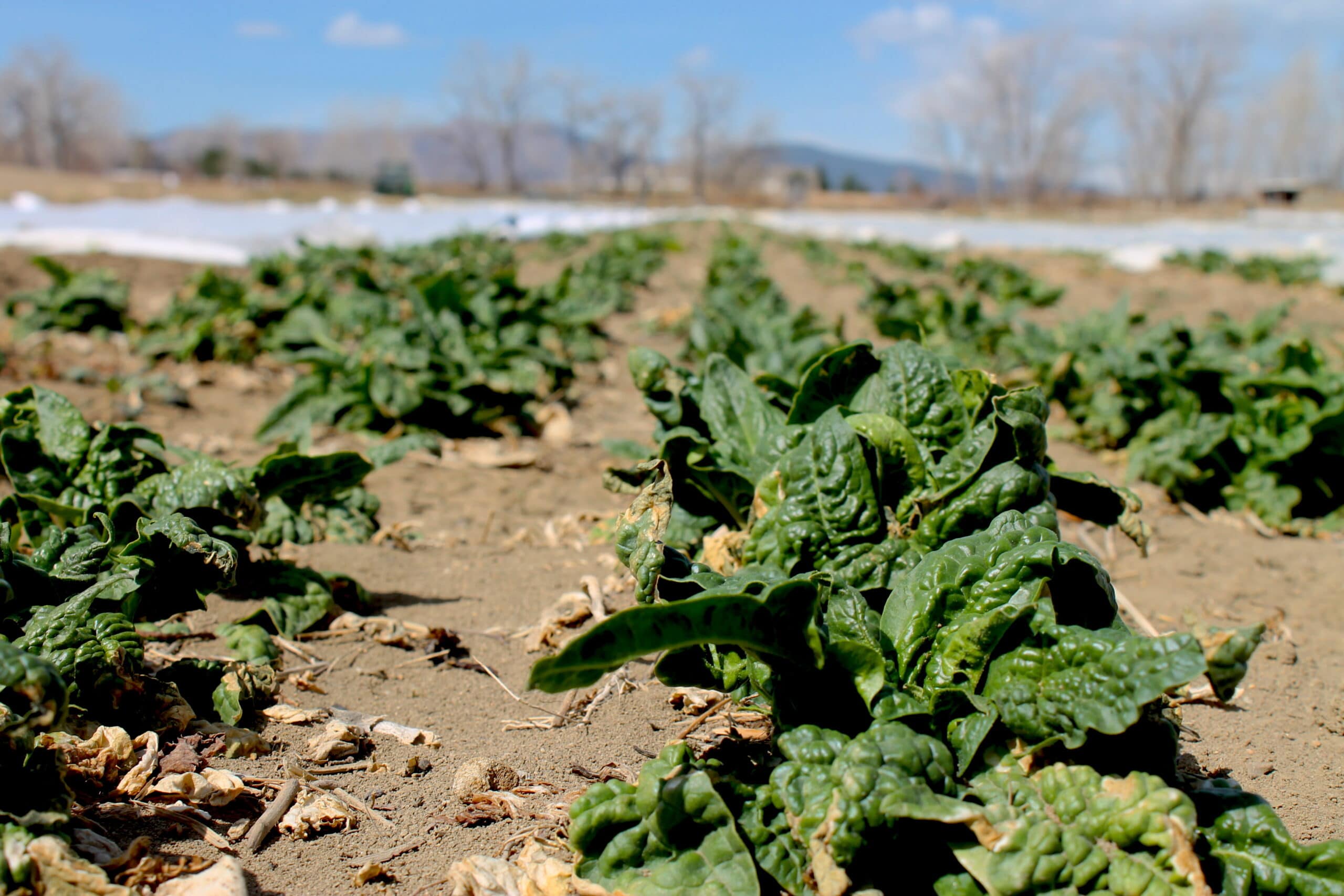
Last year, we blamed the pigs for the loss of about half of our artichoke crop (they gobbled it up).
This year, it’s the wind.
We counted seven days this winter, beginning on Christmas Day, with hurricane-force winds. In between, we suffered through a parade of days offering winds closer to tropical storm force.
The wind blew away the mountains of hay we use to cover the artichokes during the winter. The artichokes that we grow are biennial, meaning it takes two years after planting for them to produce edible globes. The hay keeps plants warm enough, if we are lucky, to withstand the winter. We anticipated as many as 2,000 plants this year, but it looks like we will end up with 50 or so.
Thanks for that, wind.
The wind lifted topsoil into the air and redistributed it all over the farm properties.
The wind knocked down buildings and fences.
The wind stripped row cover from beds of things like frisee and escarole, exposing the greens to the winter elements.
The wind drove us nuts.
Wind, we hear you. Yes, you are powerful — we get it! Can you please stop now?

Wind or not, however, we have a farm to run. And with this freakishly early (or maybe it’s just the new normal?) spring, we are in the fields, planting peas and fava beans. We are harvesting greens that survived the wind and the winter. Have you ever tasted over-wintered spinach or parsley? To withstand winter, plants that persist through the cold season swell with sugars, which act as a kind of antifreeze. Our spinach, which we have been munching as we work in the fields, tastes like spinach candy, in a most excellent way. The parsley tastes like a parsley gummy, only a thousand times better. Look for these sugar-saturated greens when the farmers’ market begins next month.
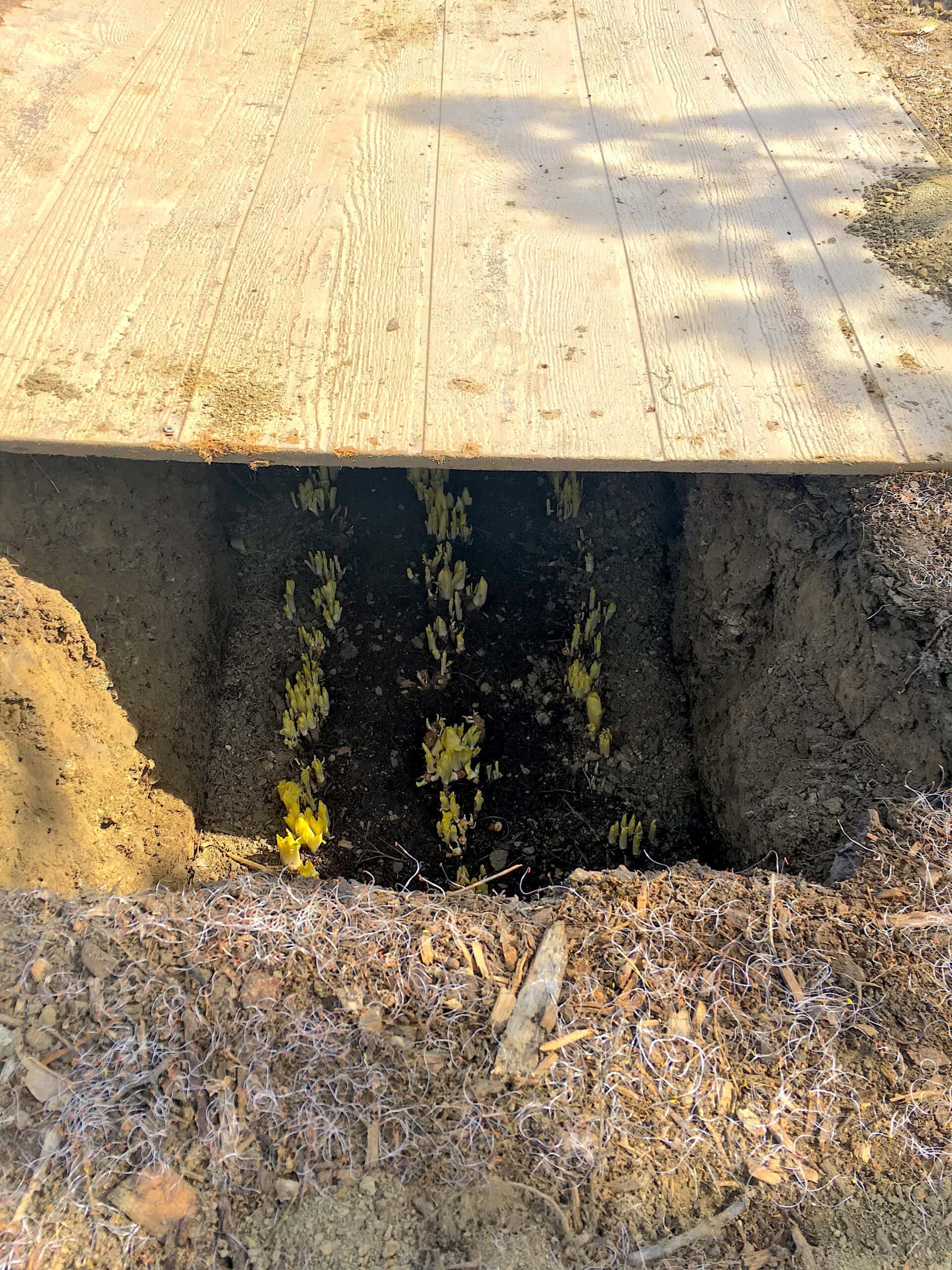
We grew our first crop of Belgian endive this year, and the experiment worked! We planted endive during the growing season, but in the fall we moved the heads, called chicons, into two-foot deep trenches, where we replanted them and then covered the pits with plywood and sandbags. When we lifted the plywood last week there they were, gorgeous, delicious endive — white, pale green and yellow. We cannot wait to start using them in the restaurants.
We are waiting for our gigantic patch of asparagus to begin sending up green life — slender shoots should begin emerging any day now. In a few weeks, we will plant lettuces and cauliflower, broccoli and beets and carrots and turnips and much more.
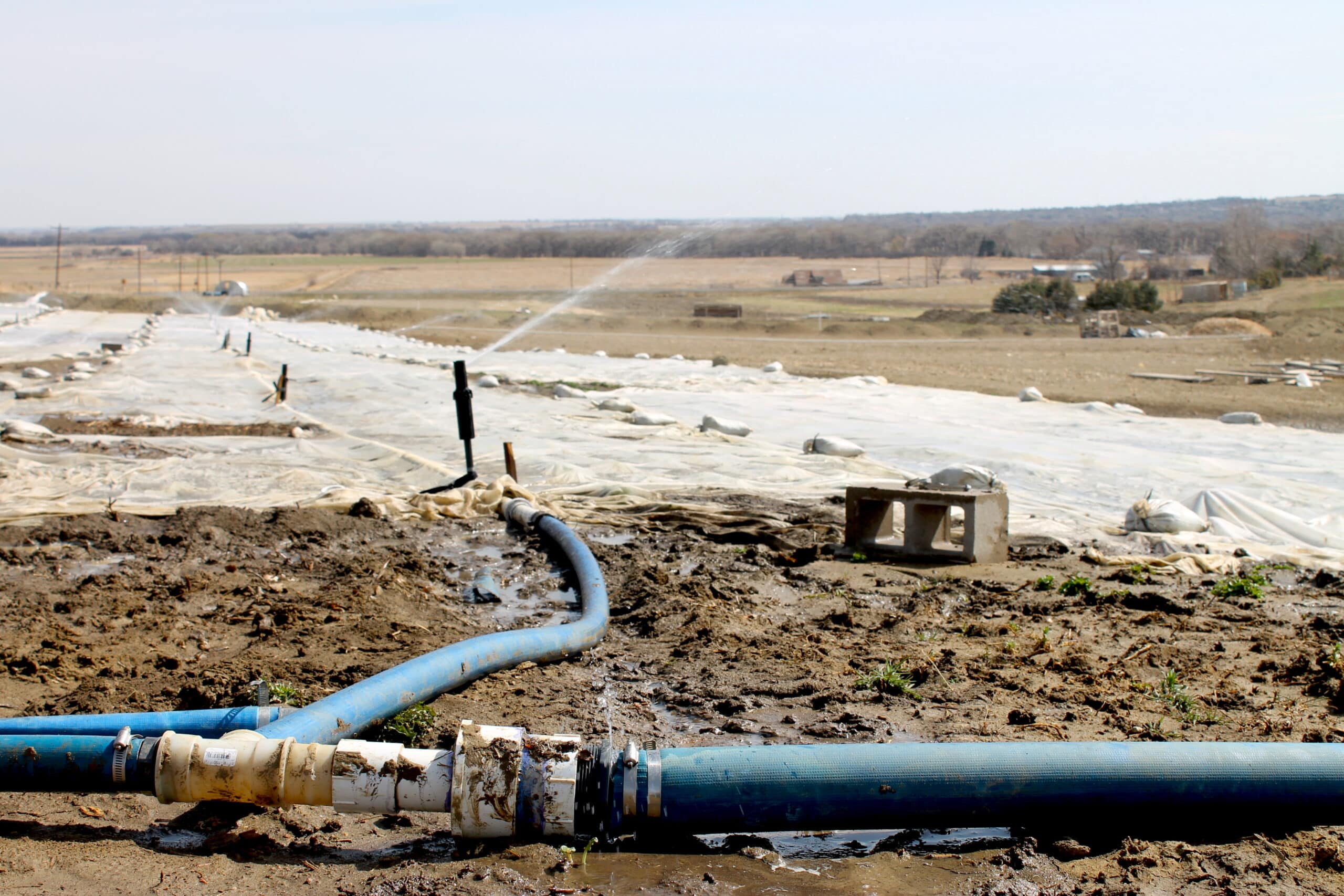
We are working with our new irrigation system, which involved digging large trenches last year and burying pipes. And it’s not over. We have more pipes to lay in coming years. But we are thrilled to finally have irrigation that does not involve us spending (literally) days dragging giant hoses around the property. The tedious toil was difficult and time-consuming, and it also exposed the fittings that connect hosing together to the tires of trucks and tractors. Which means we spent a lot of time fixing the irrigation system. This year — hurray! — some of the fields will enjoy the newfangled irrigation.
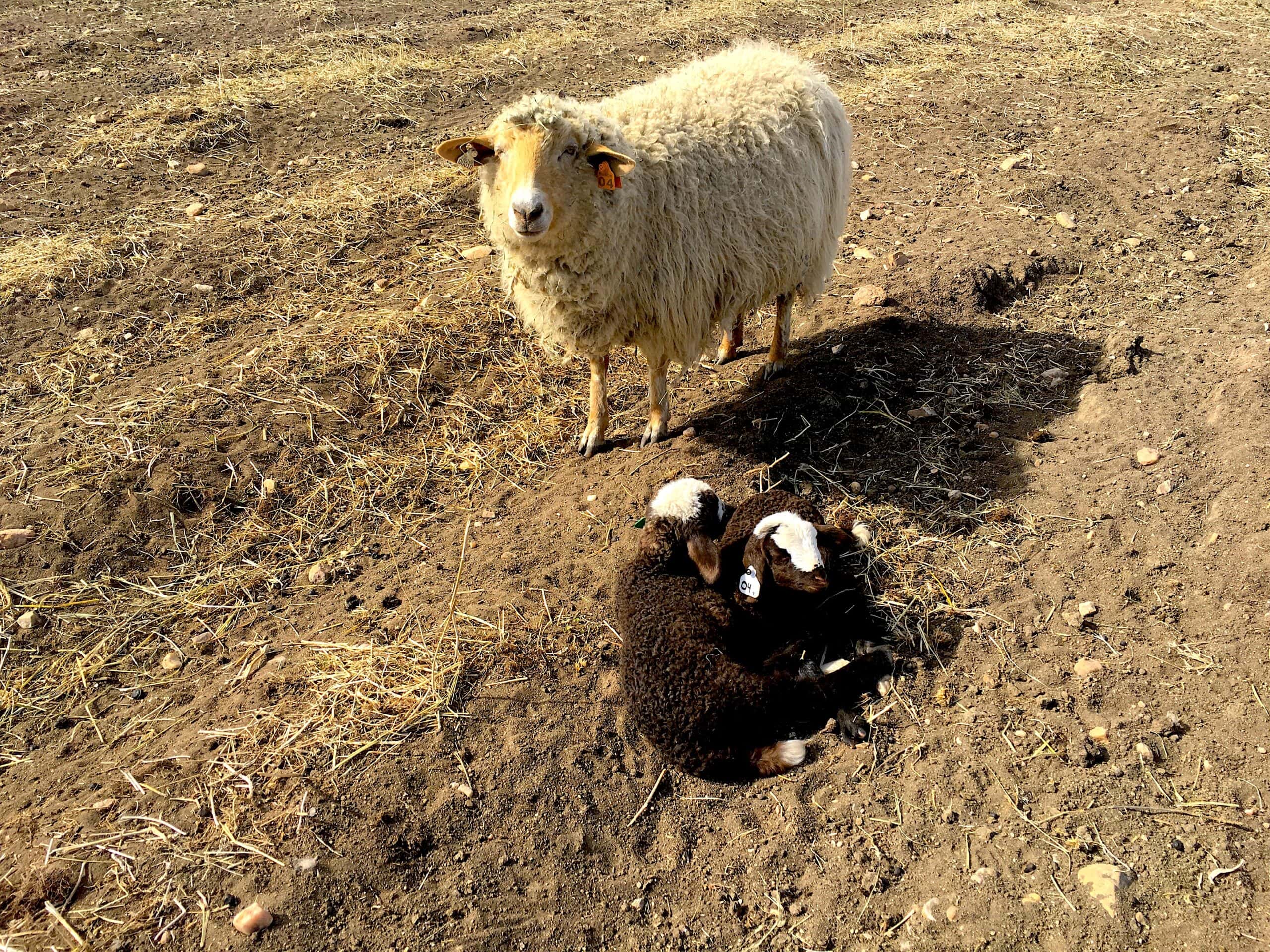
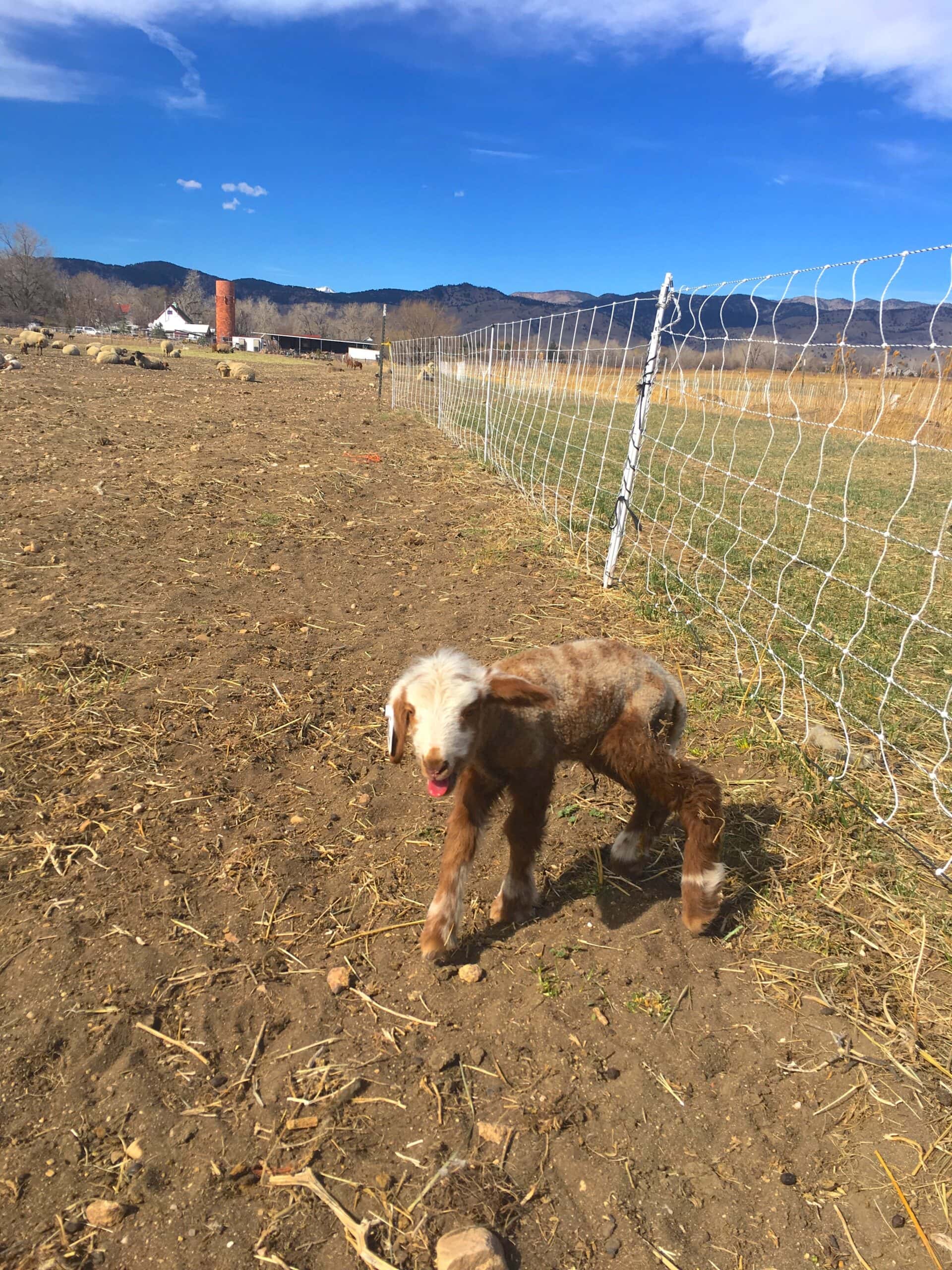
Our sheep are busy giving birth to lambs, which teeter-totter around the property on those spindly legs as they baa baa and curl up with their mommas. So far, we have about 70 lambs. By the time the sheep are done, we should have as many as 110 lambs; it all depends upon how many twins we get.
And we are excited about the farmers’ market — just a few weeks away!
We look forward to seeing you all in the restaurants and at the market during 2017! May it be fruitful, peaceful and wind-free.
